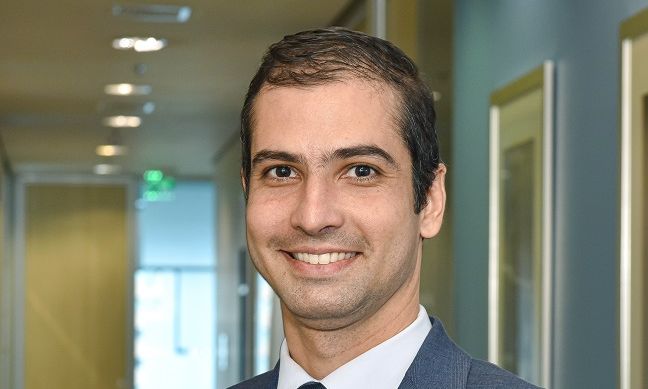 * By Márcio Arbex
* By Márcio Arbex
More than a seasonal change due to COVID-19, the increased use of digital channels by financial institutions reflects the “new” habits of consumers. Even before the pandemic, financial transactions through digital channels had already intensified among customers of all profiles - which have only increased during this period of social distance. This escalation to the digital world, however, has also increased the appearance of new forms of fraud in the financial system and the proliferation of virtual scams.
With the new regulation of the open banking by the Central Bank, the Brazilian financial system will reinforce transparency and information security, benefiting not only customers, but everyone involved in its chain. In the wake of this disruption agenda, one of the innovations that is in vogue is risk management through techniques such as machine learning, which allows the identification of potentially risky activities in a large flow of transactions.
Following this trend and the dynamism of the security and transaction binomial, finding a tool capable of recognizing historical behaviors, creating predictive mathematical models and applying them in production environments in an agile way is essential. Criteria such as customization, prediction, real time and profitability are key words in the implementation of such models, further increasing the complexity of this approach, not only as technological requirements. Among the activities that have the most to gain from this technology are:
- Financial market, credit score, collection score, anti-money laundering, commercial surveillance, insurance claims management and process management;
- Industry and transport, predictive maintenance based on IoT sensors, independent batch detection and quality assurance; and
- Retail and consumer goods, cross-selling, direct selling, turnover and customer segmentation.
It is important to highlight that, when it comes to risk management in the financial market, the data used in visual analysis and modeling must be representative of the financial crime in question. The selected platform should eliminate the need for long and complex fraud investigations, combining extremely different knowledge, in business, economics, finance and law. In addition to covering credit card payments and transactions, the solution must play a decisive role in combating money laundering and crimes such as insurance claims fraud.
Understanding risks and opportunities in real time is increasingly critical, and most organizations already have the data to make this possible. However, doing this as quickly as necessary has been a challenge for organizations. The main objective is to efficiently use data to create better defenses and reduce financial losses through an integrated and flexible platform that can be controlled through dashboards, with models of continuous self-learning, fed by historical information and in real time - all of this audibly and transparently.
* Márcio Arbex is pre-sales director in Latin America by TIBCO, the global leader in enterprise data intelligence.
Notice: The opinion presented in this article is the responsibility of its author and not of ABES - Brazilian Association of Software Companies













